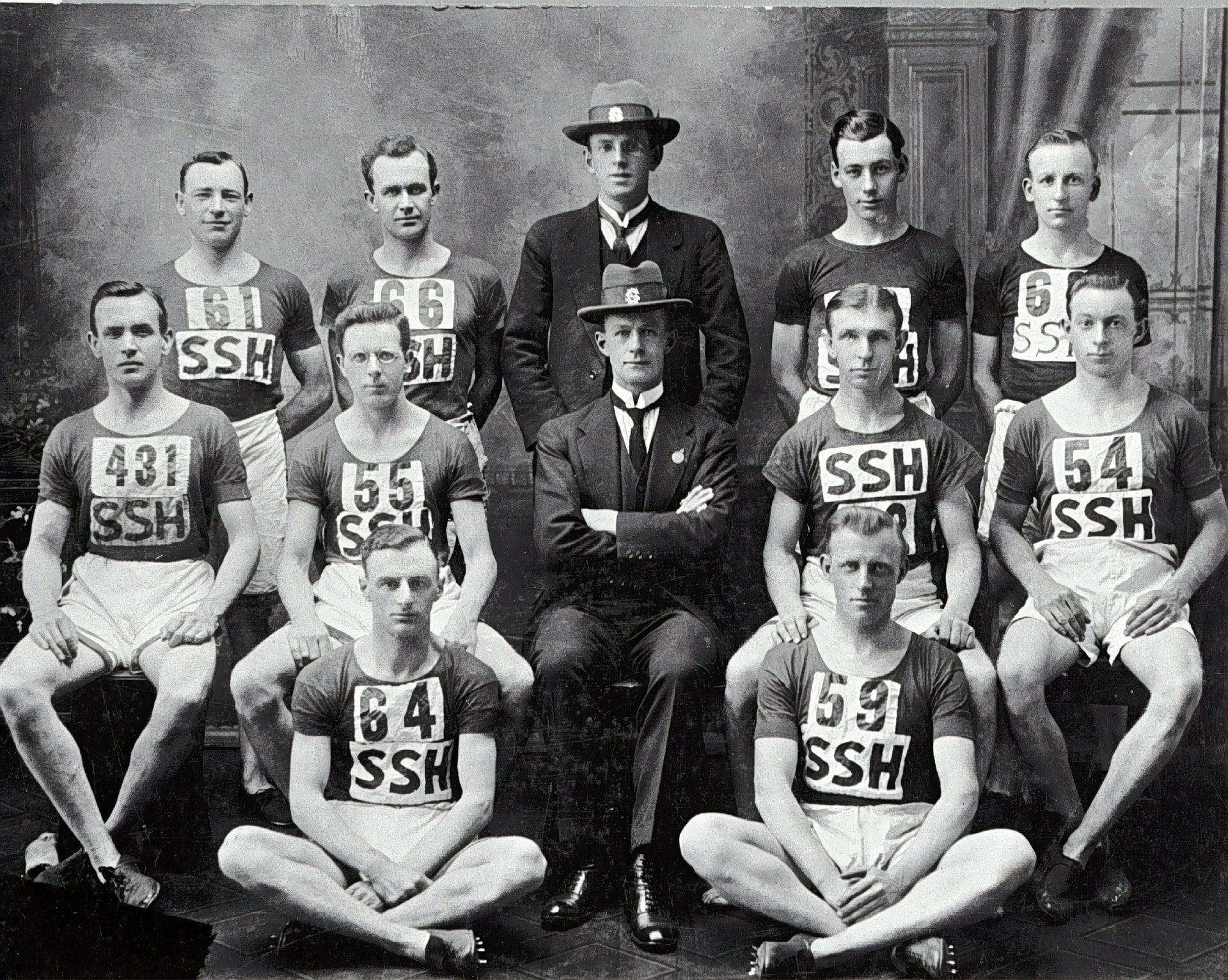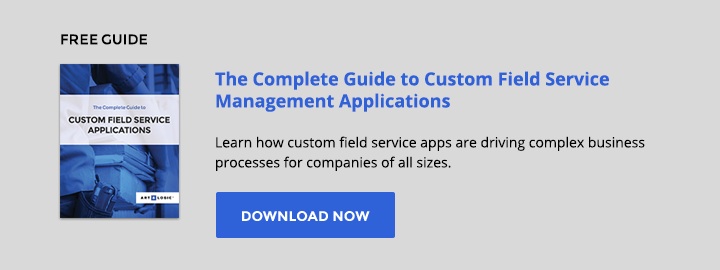If you’re a transportation company, you may send drivers all across the country shipping goods to your clients. In this business, even the best drivers will get into accidents from time to time. In order to manage questions of liability, it’s essential for your business to capture the best possible information on the scene of these accidents. What’s more, you need to be able to store and access this data in a systematic, reliable way.
This is a problem of distributed data and processes in the physical world. So it’s a great match for a custom field solution app — in this case, you might create a specialized application for accident reporting. Your drivers could immediately fill out the information you need, capture, send, and archive photos from the scene, allowing your company to respond immediately.
More Data, More Options
When you give your workforce a mobile device, they suddenly have access to (and the ability to create) both audio and video. Your team can immediately capture not only a description of some useful data-point, but a photo or video or audio file.
Not only can the files go to their boss’s attention, but also be archived in a database. Later, an analyst (or software process) can comb through images searching for actionable trends. Connecting field service workforces with central management – and analyzing those communications over the long-term – means you can mine that data for new insights.
Ubiquitous Solutions
Because field service apps can be built for common devices like smartphones or tablets, you have the option of making these solutions available on your employees’ personal devices. When you consider this option, you’ll need to think about both company security and quality of life for your workforce, but this can be a powerful way to give workers easier access to the tools they need to do their job wherever they are.
When a company invests in connecting field service workforces, they’re going to see long-term benefits from the ability to constantly evaluate and improve that connection, capturing and better understanding the exact nuances of their business flows. For a transportation company, this could mean capturing the exact information you need when an accident occurs, and developing a deeper understanding of how those accidents happen. Ultimately, it could mean better protecting both your drivers and your company.




